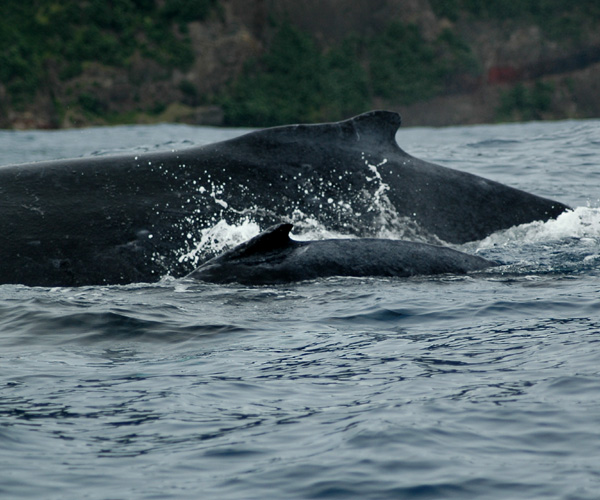World Leading Marine Protection?
While John Key is in the US wrangling support for New Zealand seat on the UN Security Council, Murray McCully attended John Kerry’s Oceans Conference, where the Secretary of State said the US and other nations need to take bolder steps to protect marine habitat and combat other threats.
Our government talks about being world leaders in marine protection and having a balanced approach to use and protection.
Despite the recent and welcome creation of the Sub-Antarctic Islands marine reserves and the brand new Akaroa marine reserve, less than 0.5 per cent of our marine environment is in full no-take protection, well below our international commitments.
New Zealand has 54 designated Marine Protected Areas of which 38 have full protection. These 38 are called Type 1 MPAs; the other 16 are Type 2 MPAs that allow for fishing and other extractive uses.
All of our designated MPAs are restricted to our territorial sea out to 12 nautical miles. Our Exclusive Economic Zone (EEZ) extends well beyond this, and yet none of it is in full protection.
New Zealand’s largest marine reserve is around the remote sub-tropical Kermadec Islands, 7,480 square kilometres of full marine protection. Compare this to Chile’s fully protected Sala y Gomez Marine Park at 150,000 square kilometres or the UKs Chagos Islands no-take marine reserve at 636,000 square kilometres, which make our government’s declaration of being a world leader in marine protection look laughable at best. Today US
President Barack Obama announced his plan to extend the marine reserves of the Remote Pacific Islands National Marine Monument. This reserve is currently 225,000 square kilometres surrounding several islands in the central Pacific, this plan will see this extended to more than 2 million square kilometres, protecting the area from fishing, energy exploration and other extractive activities.
The Kermadec Ocean Sanctuary Initiative of the Pew Environment Group, Forest & Bird and WWF-NZ, would see us extend the current boundary of the MPA around the islands, out to the limits of our EEZ to create a sanctuary of 620,000 square kilometres. The region is one of the most complex deep-sea marine habitats on Earth and includes the over 10 kilometre deep Kermadec Trench, and the only part of New Zealand where tropical, sub-tropical and temperate species of birds, whales, dolphins, turtles, fishes, corals and other marine invertebrates live together. The deep water environments of the region are host to some very specialised animals, some unique to the region.
Extending the full marine protection out to encompass the EEZ in the region will extend marine protection in New Zealand waters from less than one per cent to 15 per cent. This will provide meaningful protection for one of the last pristine sites in our oceans and will be a strong statement to the world of New Zealand’s commitment to marine environmental protection
Sadly our government is demonstrating with its current block offers that it does not care much about the environmental consequences of their economic agenda. Currently 12.4 per cent of New Zealand’s marine environment has been offered up for mining or oil and gas permits, and most of our marine environment is available for fishing, and nearly 60 percent of our seas within the range of bottom-trawl fisheries have already been impacted. Yet less than one percent of our marine environment is fully protected, and not one drop of ocean in our EEZ beyond the territorial sea has full protection. We need to see some balance…meaningful balance on a large scale. If New Zealand wants to be a leader on the world stage then the time for action is now.
Sign up today to register your support for a Kermadec Ocean Sanctuary
www.forestandbird.org.nz/kermadec-ocean-sanctuary-signup

